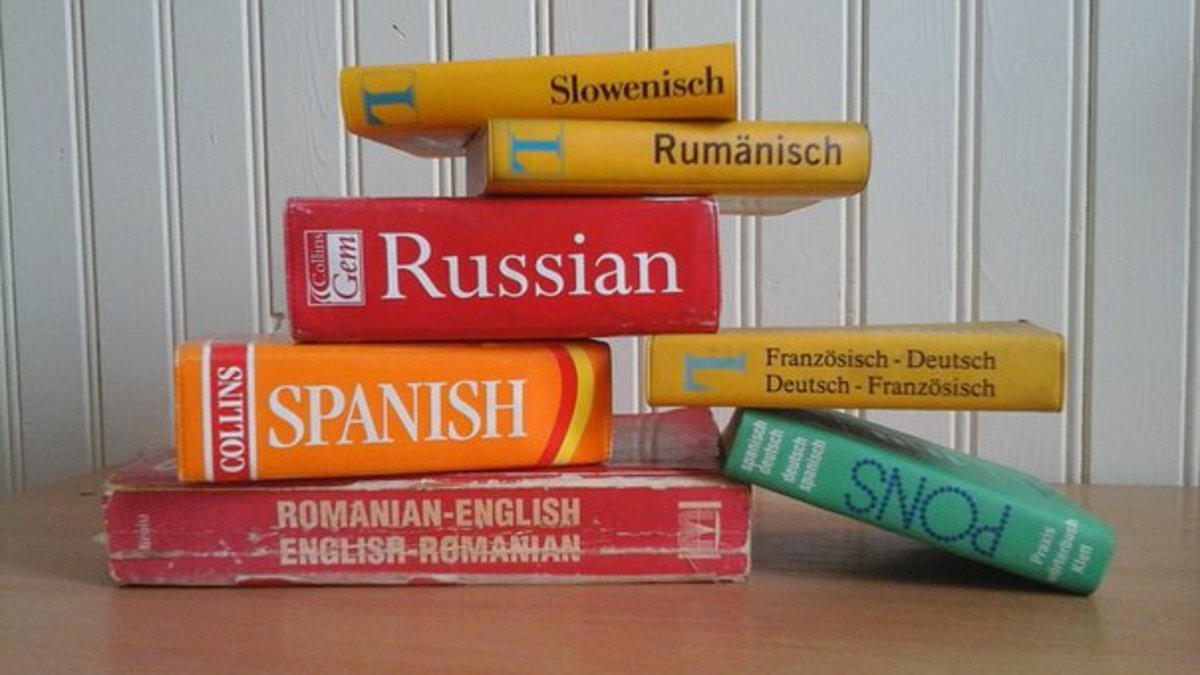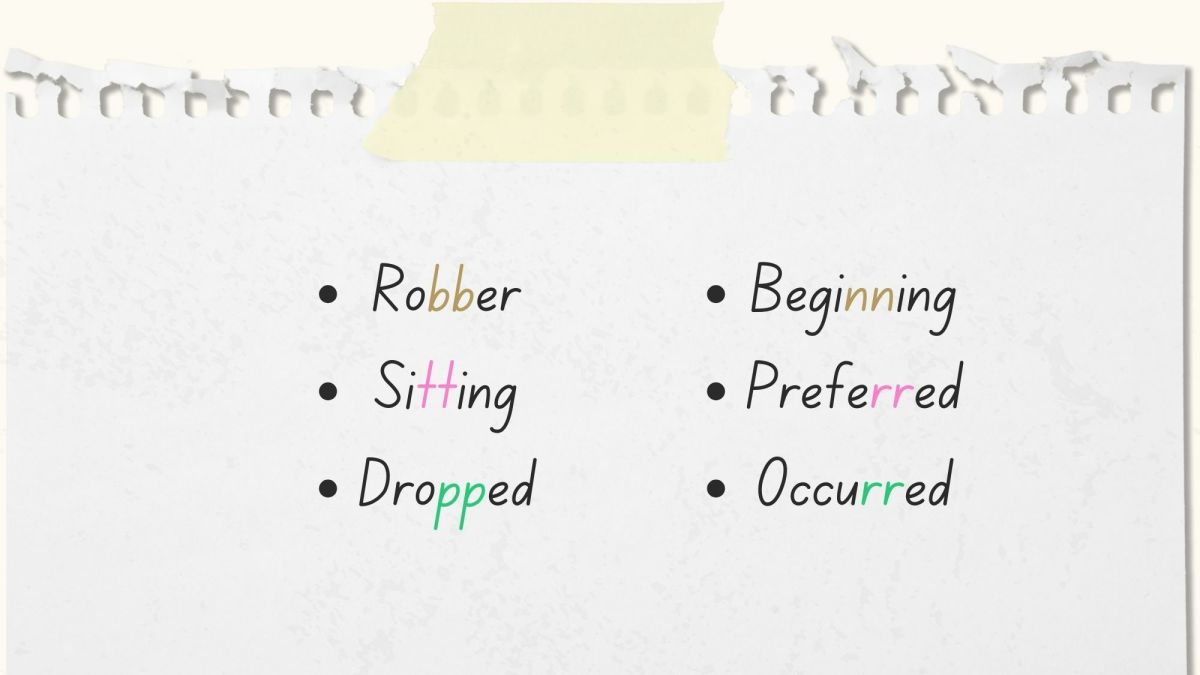What are the Arabic consonants?
The Three Arabic Consonants
Arabic contains three consonants:
Waaw (و)
Yaa (ي)
Hamza (ء)
These consonants can be tricky. Waaw and Yaa, for example, may also be long vowels. Their function in a word (that is, whether they are functioning as a long or short vowel) is determined by the letters surrounding them.
Hamza - a glottal stop, as in "uh-oh" - may also be a tricky consonant to understand at first, in that it is not a sound we are attuned to listening for in the English language. Below we will work through, step-by-step, how to identify and pronounce consonants in Arabic.
Waaw & Yaa
There are two ways to determine whether Waaw or Yaa is functioning as a consonant or a vowel.
1) Waaw or Yaa at the beginning of a word:
When Waaw or Yaa appears at the beginning of a word, it MUST be pronounced as a consonant. In Arabic, no word may begin with a vowel. Therefore, if a word begins with و or ي , the letter must be pronounced as a consonant. Therefore the word
واجِب
is pronounced waa-jib.
2) Waaw or Yaa next to other vowels:
Whenever و or ي is preceded or followed by either a long vowel (ا و ي ) or short vowel ( َ ُ ِ ) , it MUST be pronounced as a consonant. Therefore the word
بَيت
is ponounced bayt.
Therefore, و and ي serve as the basis for the 2 diphthongs in Arabic, which are part-vowel and part-consonant sounds combinations: -aw (as in “how”) and -ay (as in “say”)
Hamza
The consonant, Hamza (ء ), is unique in Arabic, as it represent the absence of any sound. Arabic recognizes what linguists call a glottal stop – a consonant because the voice actually halts for a fraction of a second. The equivalent can be described in English as a word that begins with a vowel, or the break that occurs when one says, “uh-oh.” Arabic recognizes this non-sound, or break in sound, as a consonant.
In Arabic, no word may begin with a vowel. Instead, to the untrained ear, those words which sounds as if they begin with a vowel, actually begin with a Hamza. When Hamza occurs at the beginning of a word, it “sits” on or below the letter alif (ا ).








